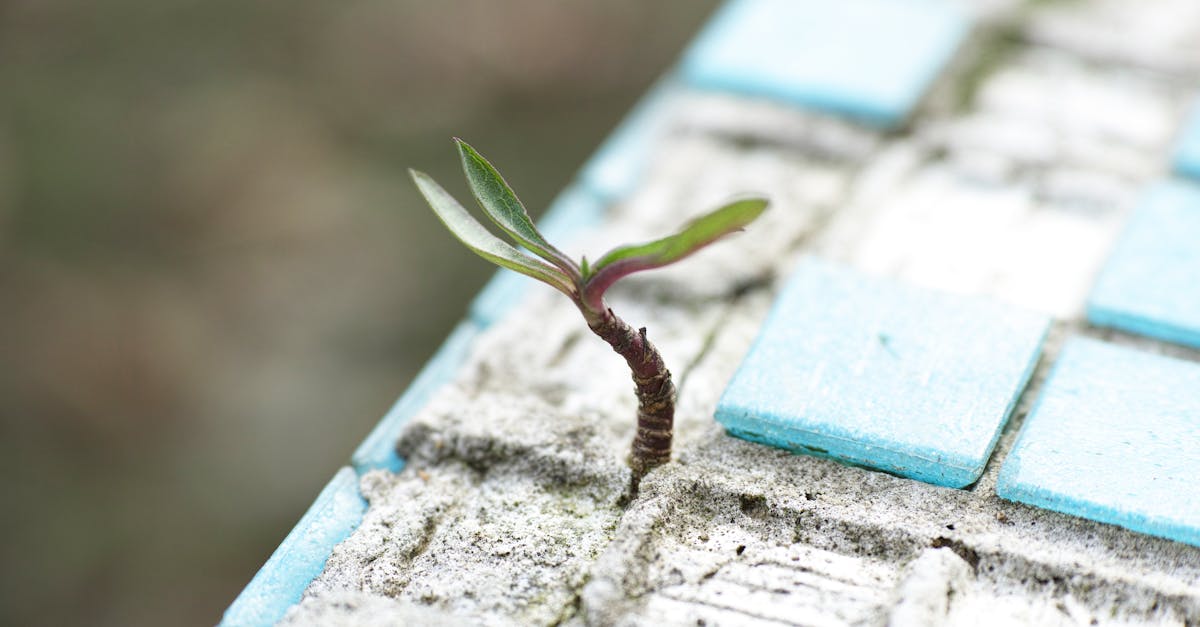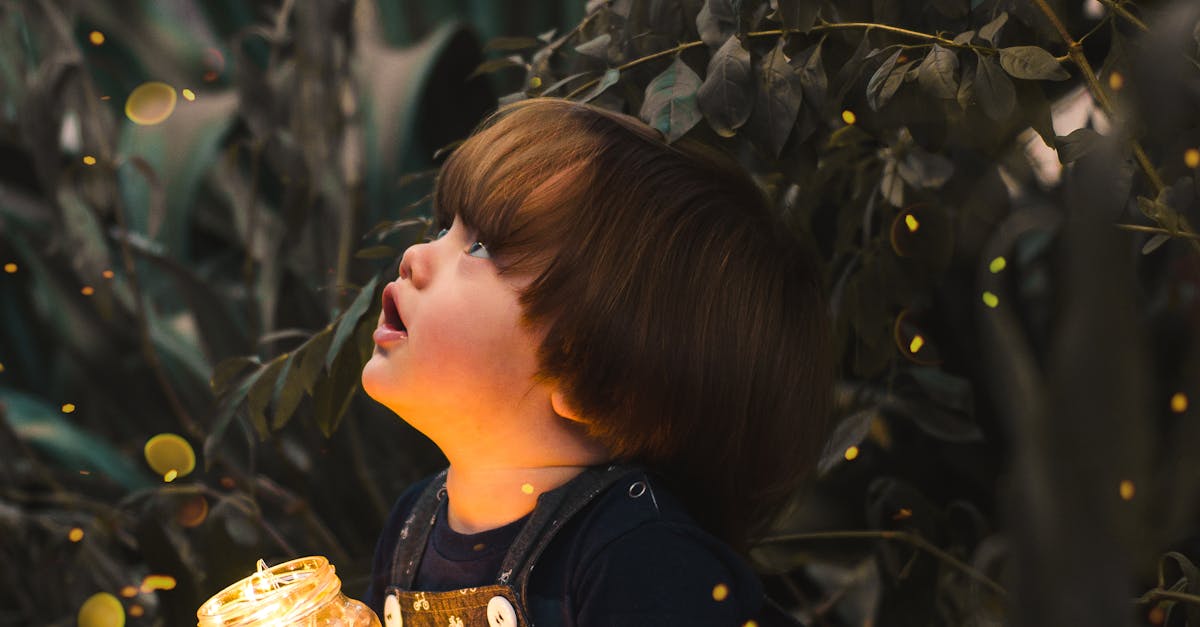Here is a warm, easy-to-understand, and creative explanation of the relationship between Creativity and the Character Strengths in the Virtue of Transcendence. The strengths in this virtue—Appreciation of Beauty and Excellence, Gratitude, Hope, Humor and Playfulness, and Spirituality or Sense of Purpose—help children and adults feel connected to something bigger than themselves. Creativity adds color, joy, and deep meaning to these experiences.
🎨 1. Appreciation of Beauty and Excellence
What is This Strength?
This strength means noticing and loving beauty, talent, and greatness in the world. It could be nature’s beauty, someone’s kindness, or a powerful piece of music. People with this strength feel inspired by excellence and often feel joy, awe, or wonder when they see or hear something amazing.
Relationship Between Creativity and Appreciation
Creativity helps us notice and celebrate beauty and excellence in new ways. For example, a child might paint a sunset, write about a teacher they admire, or create a dance inspired by a bird. These acts are not only expressions—they are ways of saying, “Wow, this is beautiful, and I care about it.” Creative people often feel deeply moved by beauty. They don’t just look—they feel, reflect, and respond through creative acts.
How Creativity Improves This Strength
When children create something based on what they admire—like drawing a flower, writing a poem about a hero, or singing a song—they begin to see beauty more clearly. Their creative eyes open wider. They notice colors, kindness, and great work in the world. Over time, creativity trains them to see the special in the everyday and to celebrate others’ efforts and gifts with joy and admiration.
Summary
- Creativity helps us see and feel beauty more deeply.
- Creative expression turns admiration into action.
- It builds a habit of noticing what is good and great in the world.
🙏 2. Gratitude
What is This Strength?
Gratitude means feeling thankful for the people, moments, and things that bring joy, support, or learning. Grateful people notice the good in their lives and often express thanks through words or actions. They don’t take things for granted.
Relationship Between Creativity and Gratitude
Creativity helps us express gratitude in meaningful and memorable ways. A thank-you drawing, a song for a parent, or a handmade gift says “thank you” from the heart. Children can use stories, crafts, or theater to show appreciation. These creative acts help others feel truly valued. When gratitude becomes creative, it becomes deeper—it lasts longer and feels more alive.
How Creativity Improves This Strength
Kids can write letters, poems, or gratitude journals. They can create “thank-you cards” with drawings or make a gratitude tree where they hang notes of thanks. These activities help them focus on the good in their life. The more they create, the more they realize how much they’ve received—and they become more thankful each day.
Summary
- Creativity makes thankfulness more personal and powerful.
- Art and writing help kids reflect on what they are grateful for.
- Creative gratitude builds strong, joyful relationships.
🌟 3. Hope
What is This Strength?
Hope means believing that good things can happen in the future. Hopeful people trust that even when things are hard, things can get better. They look forward to new chances, solutions, and happy moments. Hope gives strength and light in dark times.
Relationship Between Creativity and Hope
Creative people are good at imagining what could be—not just what is. A child writing a story about a sick person healing or drawing a picture of a better world is practicing hope. Creative thinking allows children to picture a brighter future and believe they can shape it. Through creative expression, hope becomes a habit of imagining good possibilities.
How Creativity Improves This Strength
Creative activities like storytelling, vision boards, or future journaling help children think about dreams, goals, and better days. When they imagine solving a problem or reaching a goal, they feel more hopeful. These creative acts give them control over their future. They realize, “I can dream, and I can build that dream.”
Summary
- Creativity helps children imagine a brighter tomorrow.
- Art and writing give hope a real shape.
- Hope grows stronger when kids believe they can create change.
😂 4. Humor and Playfulness
What is This Strength?
Humor means enjoying fun, laughing with others, and not taking everything too seriously. Playfulness is about trying new things, being silly, and enjoying life. People with this strength make others smile and help everyone feel more relaxed and happy.
Relationship Between Creativity and Humor
Creativity and humor go hand in hand. A funny drawing, a silly story, or a made-up game can bring laughter to a group. Creative kids often use imagination to make jokes, create cartoons, or act in funny skits. Humor is also a clever way to handle problems or deal with stress. Creativity helps children find joy in unexpected ways.
How Creativity Improves This Strength
Children can create comedy skits, draw cartoon characters, or invent silly games. These activities grow their sense of fun and help them connect with others. When children feel free to be funny and express themselves, they become more confident and joyful. Creative play teaches them that life is better with a smile.
Summary
- Creativity makes life fun through laughter and play.
- Creative humor helps kids bond and relax.
- Silly stories and playful tasks boost joy and confidence.
🌌 5. Spirituality or Sense of Purpose
What is This Strength?
Spirituality means feeling connected to something bigger than yourself. It could be God, nature, the universe, or a sense of purpose. Spiritual people look for meaning in life, feel deep peace, and often live with strong values. Purpose gives direction and meaning to what we do.
Relationship Between Creativity and Spirituality
Creativity gives children a way to explore deep questions: “Why am I here?”, “What matters most?” A child might paint a symbol of peace, write about nature, or express their beliefs through music. These creative acts help them connect to their purpose. Whether through silence, art, or storytelling, creativity becomes a quiet space where children can feel meaning, connection, and wonder.
How Creativity Improves This Strength
Activities like journaling, mandala art, prayer poetry, or gratitude collages help children reflect on life’s big questions. They may feel calm, guided, or full of love. Creative expression can turn spiritual feelings into something they can see or share. Over time, creativity becomes a path to find peace, purpose, and connection.
Summary
- Creativity helps children explore meaning and connection.
- Spiritual feelings are expressed through art, music, and reflection.
- A creative life often feels more purposeful and peaceful.
🌈 Overall Summary
The Virtue of Transcendence lifts us beyond the ordinary—it fills our hearts with joy, purpose, and connection. When paired with creativity, these strengths become even more powerful. Creativity helps us notice beauty, express gratitude, imagine a hopeful future, laugh with humor, and feel deep spiritual meaning. It turns emotions into actions—whether through drawings, songs, dances, or stories. When children practice creative expression, they begin to see life as full of wonder and possibility. They feel part of something bigger than themselves. Whether it’s through a thank-you card, a joyful skit, or a dream journal, creativity becomes the bridge between everyday life and higher purpose. In homes, classrooms, and communities, we can grow transcendent strengths by encouraging kids to create with love, joy, and meaning. Together, creativity and transcendence guide children toward a life that is beautiful, thankful, joyful, hopeful, and full of purpose.




